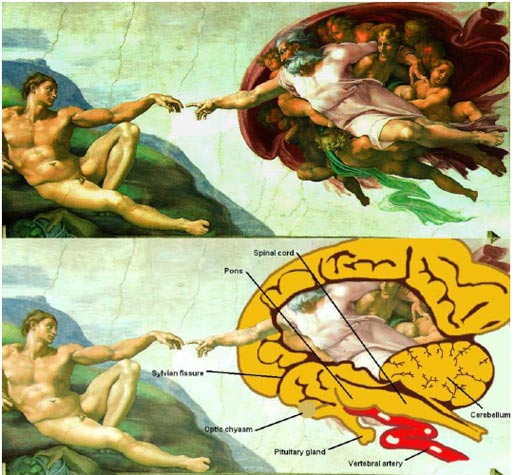That title sounds pretentious, doesn’t it?
I’ve decided to make a big change. As of today, bioephemera will be moving to Scienceblogs. I hope that all of you will join me there; please update your bookmarks to point to http://www.scienceblogs.com/bioephemera
The RSS feed should be http://scienceblogs.com/bioephemera/index.xml
but I’ve been told it may not be working yet (sorry – still getting the bugs out).
Never fear; the blog isn’t going to change very much. The format may take some getting used to – a generic, IKEA-esque white background! ack! – but I’ll keep the same categories and the same idiosyncratic mix of topics (which may or may not please you). And I’ll abuse the dashes, semicolons, parentheses and italics even more than usual – just to ensure you feel at home during the adjustment period.  This site (bioephemera the elder?) will remain on line indefinitely as an archive of sorts, and I may update it periodically, but I’ll be calling Scienceblogs home.
This site (bioephemera the elder?) will remain on line indefinitely as an archive of sorts, and I may update it periodically, but I’ll be calling Scienceblogs home.
Some of you may wonder why I’m making this change. No, it’s not for the money (I’ve never made money from this blog), although it will be nice to have my bandwidth subsidized, since y’all keep doubling my traffic! It’s not to score a big readership (see previous comment on doubling my traffic). I’m quite happy with the cadre of cognizant, witty readers I’ve acquired over the past year and a half. Moderating a zillion snarky comments has never been my goal. And it’s definitely not because I like Movable Type better than WordPress; I have more grey hair than I did a month ago, and I still don’t have the new blog formatted just as I want it. Heck, I never got this one formatted as I wanted it, not really.
So why am I moving to a more prominent platform? Honestly, I’m concerned that science blogging is morphing into its own exclusive subphylum – blogs written by scientists, read by scientists. There’s a surfeit of intelligent, informed writing and debate on these blogs. Some of it is as good as peer review. That’s a wonderful development. But blogs that outcross science with other fields, like this one, have not been multiplying at the same healthy rate (could it be hybrid inviability?)
I don’t want the scientific blogging community to become isolated in its own quirky culture, or inaccessible, like a particularly esoteric Wikipedia article. I like science best when it’s informing other areas – art, humanities, policy – and being informed in return. I’m drawn to the interfaces between science and other domains of knowledge, because interfaces, as cellular biologists and chemists know, are where the most exciting, unexpected reactions take place.
Scienceblogs seems like the place to represent that type of interface – I’m very, very fond of Seed (Scienceblogs’ parent publication) and the mix of science, art, and culture it promotes. That mix is something I’ve been striving toward for a long time.
Going back to my very first post here at bioephemera:
If you ask a biologist why he or she chose biology as a career, I’ll bet most will cite a deep feeling of wonder and appreciation for the beauty and complexity of the natural world. But that feeling is not so easy to find in the lab, where we try to be objective and logical (and efficient). How we can initially turn to biology for such emotional, unscientific reasons, and then neglect them afterward, is a puzzling thing. We may never have tried to formally articulate our wonder. We may enjoy the richness and motivation it brings to our work, without needing any articulation. Even so, since art is all about capturing inarticulate truths and inspiring wonder, art may have something practical to offer biologists – a way to recapture that original feeling of wonder and surprise that brought us here.
I haven’t changed my mind one bit.
On that note, please come join me at the new blog, and thanks so much for making the last year and a half a great ride.

